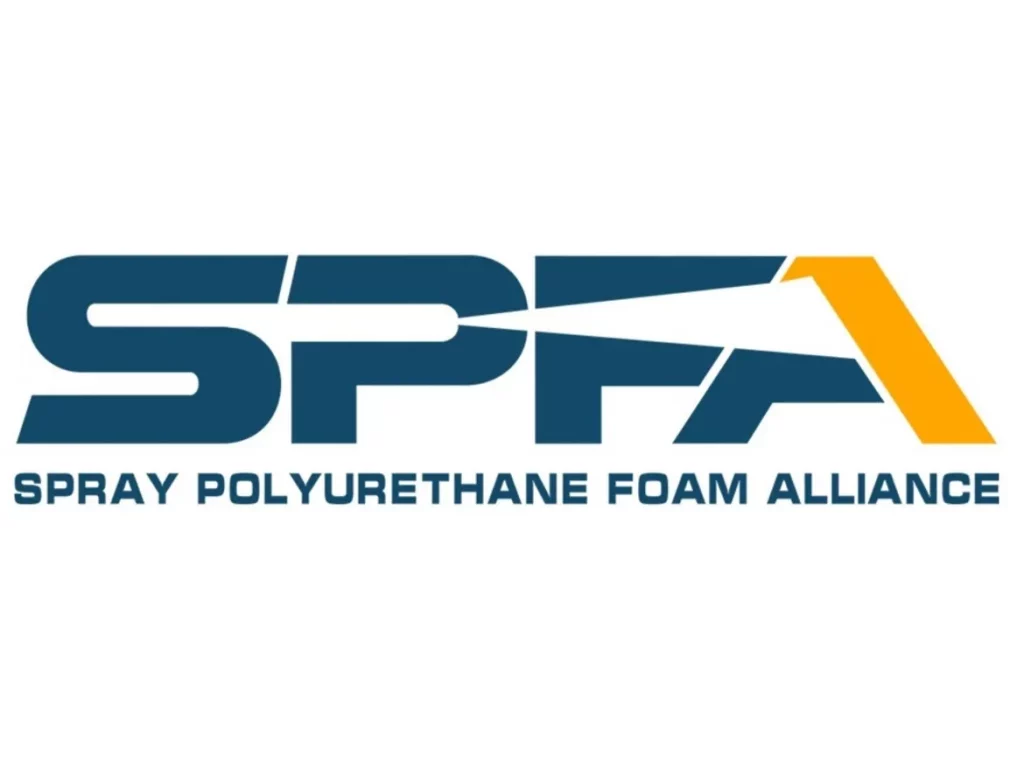Introduction
Spray foam insulation is a popular choice for improving energy efficiency in homes and buildings. It forms an air-tight barrier that helps regulate indoor temperatures, reduce energy costs, and improve overall comfort. The two main types of spray foam insulation—open-cell and closed-cell—offer distinct advantages and are suited for different applications. Understanding their differences can help homeowners, contractors, and builders choose the best option for their needs.
Understanding Open-Cell and Closed-Cell Spray Foam
Spray foam insulation is made from polyurethane and is applied as a liquid that expands into a solid foam. While both open-cell and closed-cell spray foam serve as effective insulators, their composition and performance characteristics vary.
Open-Cell Spray Foam
Open-cell spray foam consists of cells that are not fully enclosed, allowing air to fill the spaces within the material. This structure gives the foam a softer, more flexible texture. It expands significantly upon application, making it well-suited for filling gaps and irregular spaces.
Key Characteristics:
- Density: Typically around 0.5 pounds per cubic foot
- Expansion Rate: Expands up to 100 times its original volume
- R-Value: Approximately R-3.5 to R-4.0 per inch
- Moisture Permeability: Allows some moisture movement but does not retain water
- Sound Absorption: Excellent at reducing noise transmission
- Cost: Generally lower than closed-cell spray foam
Closed-Cell Spray Foam
Closed-cell spray foam has a denser composition, with completely enclosed cells that trap gas or air, making it more rigid and durable. It provides superior insulation and acts as a moisture barrier, preventing water from seeping through.
Key Characteristics:
- Density: Typically around 2 pounds per cubic foot
- Expansion Rate: Expands about 30 to 40 times its original volume
- R-Value: Approximately R-6.0 to R-7.0 per inch
- Moisture Resistance: Acts as a vapor barrier and prevents water intrusion
- Structural Strength: Enhances structural integrity of walls and ceilings
- Cost: Higher than open-cell spray foam due to its superior insulation properties
Where Each Type of Spray Foam is Best Used
Both open-cell and closed-cell spray foams are valuable for insulation, but their specific properties make them ideal for different applications.
When to Use Open-Cell Spray Foam
- Interior Walls and Ceilings: Its flexibility allows it to expand and fit within tight spaces.
- Attics and Crawl Spaces: Provides effective insulation while allowing moisture to escape.
- Soundproofing: Reduces noise transfer between rooms.
- Budget-Friendly Projects: A cost-effective option for homeowners looking to improve energy efficiency.
When to Use Closed-Cell Spray Foam
- Exterior Walls: Provides a high R-value and strengthens the structure.
- Basements and Foundations: Acts as a moisture barrier, preventing water damage.
- Roofing Applications: Improves durability and insulation in extreme weather conditions.
- Industrial and Commercial Buildings: Provides high-performance insulation and adds strength to walls and roofs.
Energy Efficiency and Cost Considerations
Insulation Performance
Closed-cell spray foam provides better thermal resistance per inch compared to open-cell foam. This means less material is needed to achieve the same level of insulation, making it an excellent choice for areas where space is limited.
Long-Term Savings
While closed-cell spray foam has a higher upfront cost, it can lead to significant energy savings over time. Open-cell foam is less expensive but may require additional insulation in certain areas to achieve similar energy efficiency.
Moisture Control and Vapor Barrier Properties
Open-Cell Spray Foam
- Allows moisture vapor to pass through, making it a good option for humid climates where breathability is needed.
- Does not retain water, which helps prevent mold growth.
Closed-Cell Spray Foam
- Functions as a vapor barrier, preventing water and moisture from passing through.
- Ideal for flood-prone areas, basements, and below-grade applications.
Structural Benefits and Durability
Open-Cell Spray Foam
- Does not add significant structural support.
- Can shift and compress over time if not properly installed.
Closed-Cell Spray Foam
- Increases the strength of walls and ceilings.
- More resistant to environmental conditions such as wind, heat, and cold.
Choosing the Right Spray Foam for Your Project
Selecting the best spray foam depends on factors such as budget, insulation needs, climate, and moisture control requirements. If cost-effectiveness and soundproofing are priorities, open-cell spray foam is a solid choice. For maximum insulation, durability, and moisture resistance, closed-cell spray foam is the better option.
Professional Installation Matters
Proper application of spray foam insulation is essential for performance and longevity. Hiring an experienced contractor ensures correct installation, preventing issues such as poor adhesion, inadequate coverage, or excessive expansion.
Contact Arma Coatings of Wichita
If you’re considering spray foam insulation for your home or business, Arma Coatings of Wichita provides expert installation services. Our team can help you determine the best insulation solution for your needs. Call (316) 779-2430 or email [email protected] for more information.
Frequently Asked Questions
1. Which spray foam has a higher R-value?
Closed-cell spray foam has a higher R-value per inch (R-6.0 to R-7.0) compared to open-cell spray foam (R-3.5 to R-4.0).
2. Is open-cell spray foam good for moisture-prone areas?
No, open-cell spray foam allows moisture to pass through. Closed-cell spray foam is better suited for moisture-prone areas as it acts as a vapor barrier.
3. Can open-cell spray foam be used on exterior walls?
Open-cell spray foam is typically not recommended for exterior walls due to its lower density and lack of moisture resistance.
4. Does closed-cell spray foam provide structural support?
Yes, closed-cell spray foam adds rigidity and strength to walls and ceilings.
5. Which spray foam is better for soundproofing?
Open-cell spray foam is more effective at reducing sound transmission.
6. How much does spray foam insulation cost?
Costs vary based on project size and foam type. Open-cell spray foam is generally less expensive than closed-cell spray foam.
7. Can spray foam insulation be installed by homeowners?
DIY installation is possible but not recommended. Professional installation ensures proper coverage and performance.
8. Is spray foam insulation safe?
Once cured, spray foam insulation is safe. Proper ventilation is required during installation to avoid exposure to chemicals.
9. How long does spray foam insulation last?
With proper installation, spray foam insulation can last over 30 years.
10. Can closed-cell spray foam be used in attics?
Yes, closed-cell spray foam is often used in attics where additional insulation and moisture protection are needed.





